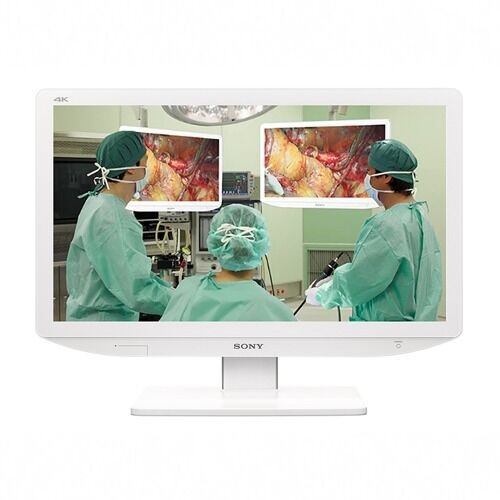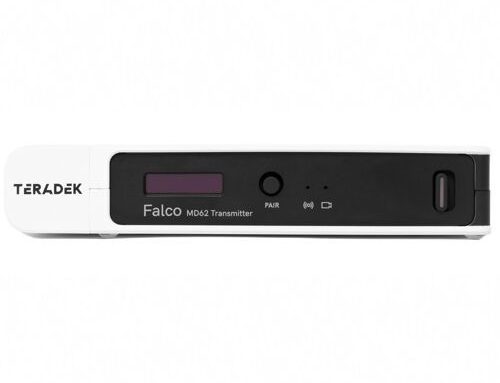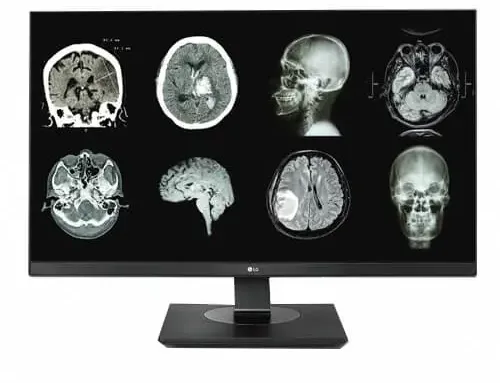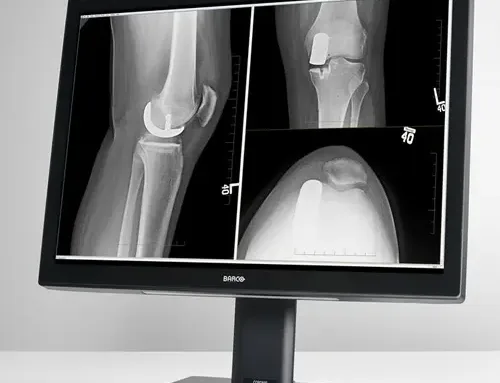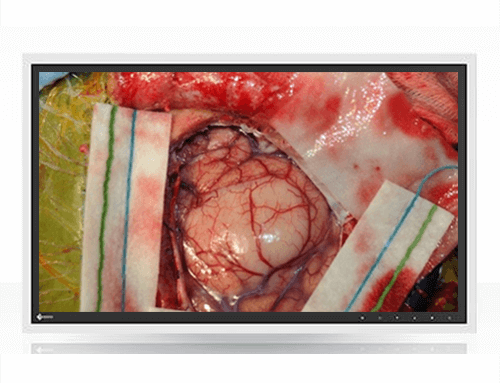When choosing monitors for medical environments, not all screens are created equal. At Hiliex, we know the importance of having the right equipment for accurate and reliable medical imaging. Understanding the differences between medical-grade and regular monitors can help ensure that your facility meets the highest standards of care. Let’s explore how these two types of monitors compare and why choosing a medical-grade monitor can make a significant difference.
What is a Medical-Grade Monitor?
A medical-grade monitor is specifically designed to meet the rigorous requirements of healthcare settings. It is built with precision and reliability in mind to ensure accurate imaging and patient safety.
Key Features of Medical-Grade Monitors
- High Resolution: Medical-grade monitors offer superior resolution, essential for viewing detailed images. This clarity is crucial for diagnosing medical conditions or reviewing imaging studies.
- Color Accuracy: Accurate color representation is vital in medical imaging. Medical-grade monitors are engineered to display true colors, which helps correctly interpret images.
- Calibration: These monitors are regularly calibrated to maintain image accuracy over time. Consistent calibration ensures that images remain precise and reliable, crucial for diagnostic accuracy.
Regular Monitors: What You Need to Know
On the other hand, regular monitors are designed for general use and lack the specialized features of medical-grade monitors.
Characteristics of Regular Monitors
- Standard Resolution: While regular monitors may offer decent resolution, they often fall short compared to medical-grade monitors. This can impact the ability to see fine details.
- Color Variability: Color accuracy is not always a priority for regular monitors. This can lead to discrepancies in image interpretation, especially in fields requiring precise color matching.
- Basic Calibration: Regular monitors may not have the same level of calibration or consistency. Over time, this can affect image quality and accuracy.
Why Choose a Medical Grade Monitor?
Choosing a medical grade monitor over a regular monitor is more than just a matter of preference—it’s about ensuring the best outcomes for patients. Here’s why a medical-grade monitor is a superior choice for healthcare environments:
-
Enhanced Image Accuracy
Medical imaging requires extreme precision. Medical grade monitors deliver higher resolution and better color accuracy, making them ideal for tasks like:
- Diagnostic Imaging: Accurate imaging is crucial for diagnosing conditions based on medical scans and tests.
- Surgical Planning: Surgeons use detailed images to plan and execute complex procedures.
-
Consistent Performance
Consistency is key in medical settings. Medical grade monitors are designed to provide reliable performance over time, which is important for:
- Ongoing Monitoring: Consistent image quality ensures that patient monitoring remains accurate.
- Long-Term Diagnosis: Reliable performance helps accurately track disease progression or treatment response.
-
Compliance with Standards
Medical grade monitors are built to meet specific regulatory and industry standards. This compliance ensures:
- Safety and Quality: Adherence to standards guarantees that the monitor meets the necessary criteria for medical use.
- Accurate Reporting: Compliance with industry standards helps ensure that diagnostic reports are based on accurate and reliable data.
Practical Applications of Medical Grade Monitors
Medical grade monitors are used in various applications within healthcare settings:
Radiology
High-resolution imaging is essential for interpreting X-rays, MRIs, and CT scans in radiology. Medical grade monitors provide the clarity needed for accurate readings and diagnoses.
Pathology
Pathologists rely on detailed images to examine tissue samples and diagnose conditions. Medical-grade monitors ensure every detail is visible, which is crucial for identifying pathological conditions.
Surgery
During surgeries, especially those involving imaging, the monitor’s quality can impact the outcome. Medical grade monitors offer the precision required for successful surgical procedures.
Cost Considerations
While medical-grade monitors are generally more expensive than regular monitors, their benefits justify the investment. Enhanced image quality, consistent performance, and compliance with medical standards contribute to better patient care and more accurate diagnoses.
Conclusion
The differences between medical-grade monitors and regular monitors are significant. Medical-grade monitors offer superior resolution, color accuracy, and reliability, making them essential for high-quality medical imaging. At Hiliex, we are committed to providing top-notch medical imaging equipment that meets the highest standards. Whether upgrading your current systems or investing in new technology, our team is here to help you find the right solutions.

